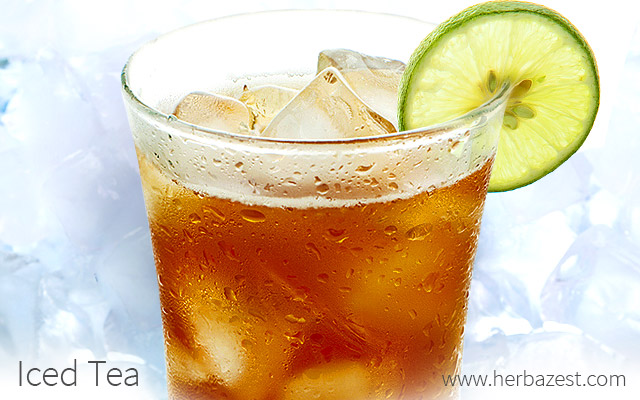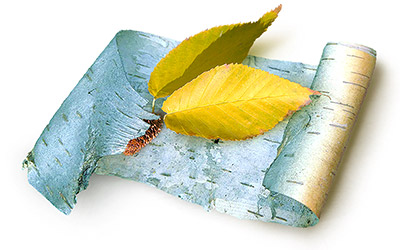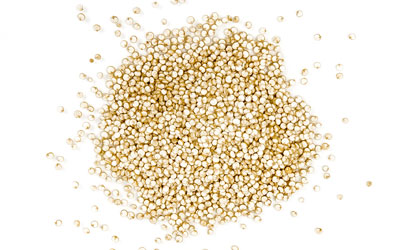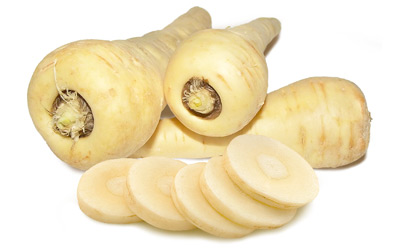Most frequently appreciated in the summer, iced tea is one of the most popular tea beverages around the globe, especially in the United States, where it is often called sweet tea and represents about 85% of all tea consumption. While its refreshing effects are enjoyed by young and old, at home and social meetings, many people are not aware of iced tea health benefits.
Is Iced Tea Good For You?
Drinking iced tea is as good as drinking hot tea, because they are both brewed from the leaves of tea plant (Camellia sinensis), which offer a wide variety of health benefits, such as energy boost and disease prevention. The factor that sets them apart is the method they are served, with iced tea being prepared with the addition of ice cubes and served chilled.
What makes iced tea consumption unhealthy is the way and frequency it is consumed. A refreshing cup of sweet tea seems like an attractive beverage choice due to its cooling effects and delicious flavor. But it can quickly become a sugar bomb, if not sweetened more sparingly. Also, people tend reach for this cool beverage more frequently than they normally do for hot tea, especially in the summer months, which means that, even when the caffeine in tea is not as significant as in coffee once brewed, overconsumption can cause adverse reactions.
In order to fully enjoy the countless health benefits of tea, the key is to have it in moderation, and when in doubt, it is safer to consult with a medical doctor. Many commercially available iced tea brands are heavily sweetened with corn syrup, so it is worth it to take the time and check the labels for the sugar content and other unwanted additives.
Preparing your own iced tea at home is the best way to save money and fully control sugar levels and other ingredients.
Iced Tea Recipe
Making iced tea at home is very easy. The basic recipe involves bringing the water to a boil, pouring it into a heat-proof pitcher, and adding the tea bags or the loose leaf tea for three to five minutes, depending on the desired strength. Once sufficiently brewed, all there is left to do is to use a strainer to collect the tea leaves or remove the tea bags, and add ice cubes or cold water. When kept refrigerated, iced tea stays cold and fresh for days.
Black tea varieties, like oolong or Darjeeling, are the most popular ingredients for preparing this cooling beverage; however, an iced green tea can be a great twist to the traditional recipe, providing not only great flavor but also a good dose of antioxidant catechins, which are higher in this type of tea.
There are countless variations of this basic recipe that can make every cup of iced tea unlike any other and turn it into a crowd pleaser for the summer outings. It can be sweetened with sugar, honey, natural flavored syrups, natural sweeteners, such as stevia, or it can be left sugar-free, if preferred. Fresh slices of lemon or ginger will give it a delicious tang, while dropping a few chunks of peach or pineapple will add natural sweetness to iced tea. Alternatively, fruit pieces can be blended prior to being added.
Finally, incorporating various herbs, such as spearmint or chamomile, is a great way not only to enhance the flavor of iced tea, but also to take advantage of their natural health benefits.
Sources
- Centers for Disease Control and Prevention, Rethink Your Drink, 2015
- Modern Tea: A Fresh Look at an Ancient Beverage, pp. 64, 67 - 68
- The Book of Tea: Growing it, making it, drinking it, the history, recipes and lots more




